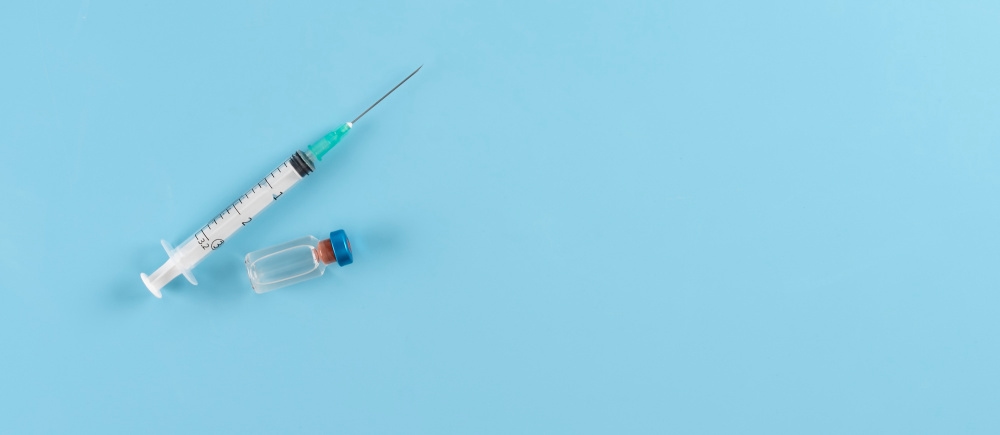An additional 94 types of medical devices may be included under the points system starting in 2026.

Amendments are planned to Government Resolution No. 719 of July 17, 2015, regulating the procedure for determining the country of origin of products. The new version will apply to an additional 94 types of medical devices, including dental products (implants, filling materials, burs, and others), consumables (gloves, wipes, dressings, condoms, injection probes and needles, vacuum tubes, syringes, biomaterial containers, and angiographic catheters).
The list will also include technical rehabilitation equipment (prostheses, orthoses, orthopedic shoes, crutches, canes, supports, walkers, various types of wheelchairs, hearing aids), ophthalmology products - intraocular lenses, sets of spectacle lenses, medical furniture (including tables and anti-decubitus mattresses), endoprostheses, laboratory reagents, including kits for the extraction of nucleic acids, hemostasis research, in vitro diagnostics, immunohematology, enzyme immunoassay and immunochromatographic analysis.
For each type of medical device, a number of technological operations are defined, each of which earns localization points, as well as a minimum point level for recognizing the product as domestic (originating in the territory of EAEU countries). It is expected that the localization threshold for different types of devices will gradually increase from 2026 to 2030 to further localize the production of medical devices and rehabilitation equipment.
The project was developed to create additional incentives for the development and adoption of advanced production technologies, and is also aimed at "further reducing the domestic market's dependence on foreign supplies," according to the explanatory note.
At the end of December 2022, the Russian government approved a point-based system for determining the country of origin for 24 medical devices. The changes affected lubricating gels, alcohol-based wipes, medical wipes, absorbent pads, dressings, wound dressings, atraumatic dressings, hydrogel dressings, and antimicrobial dressings, disposable test tubes and double-ended needles for venous blood collection, microsurgical instruments, syringes, balloon catheters, ostomy care products, osteosynthesis kits, and drug-eluting and non-drug-eluting coronary stents.
In August 2023, 18 types of medical equipment were included in the points-based system for determining country of origin. The new tightening includes ventilators, CT scanners, mammographs, X-ray equipment, sterilizers, ultrasound machines, and PCR laboratory equipment. Each group has a set of mandatory requirements, as well as a list of technological operations that must be performed in the territory of EAEU countries to confirm the origin of the product. The number of points will be calculated starting in 2023, and the minimum threshold for recognizing a product as Eurasian or Russian will increase annually until 2025.
In May 2025, the Ministry of Industry and Trade proposed introducing a points-based localization system for determining the country of manufacture for 51 types of medical devices. The proposed regulations would apply to bionic prostheses, breast implants, consumables such as urine and ostomy bags, medical masks, glucose test strips, blood collection, storage, and transportation containers, and dental materials such as dental wax (with and without dye) and root canal needles.
At the end of August 2025, the Ministry of Industry and Trade introduced a transition period, allowing government customers to waive the points system when purchasing products from manufacturers who received the ST-1 certificate and were included in the register of domestic products before December 31, 2025. This provision will be temporary and applies to purchases announced before June 30, 2026.
vademec




